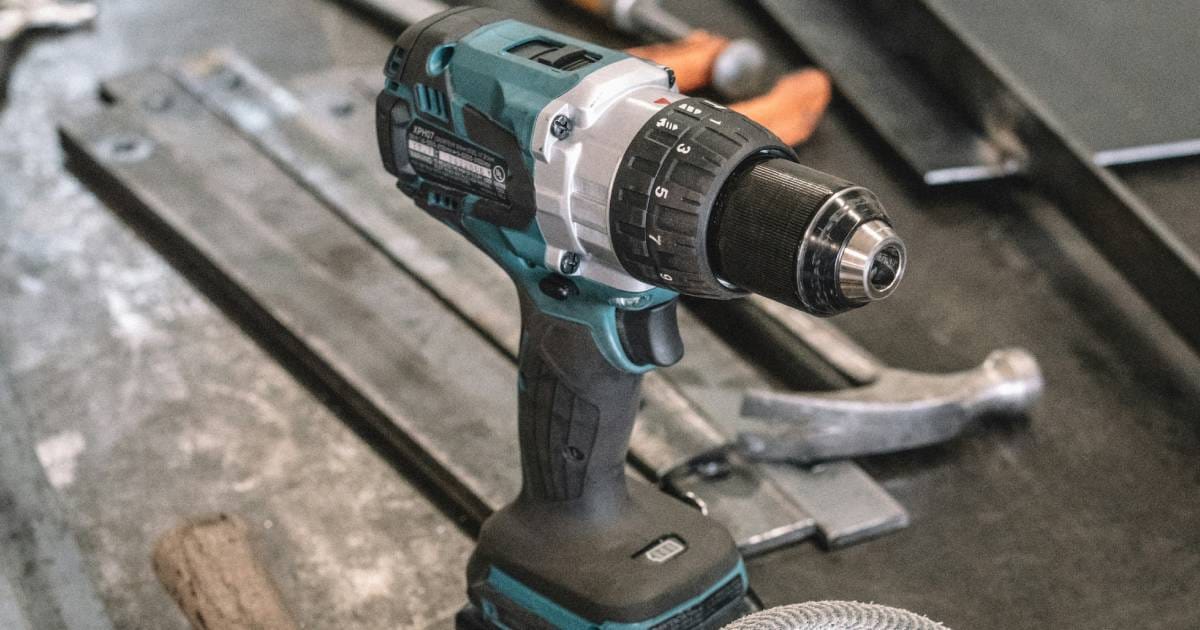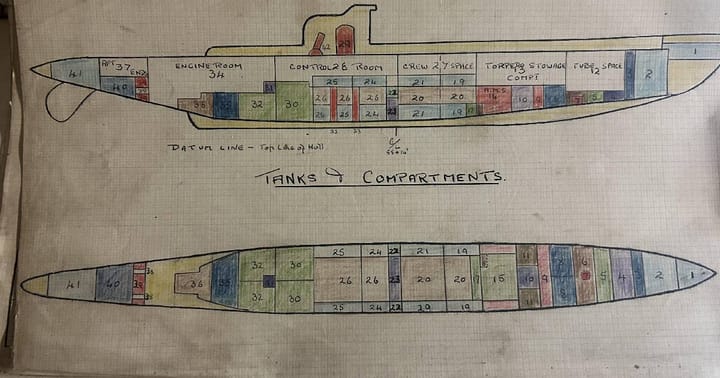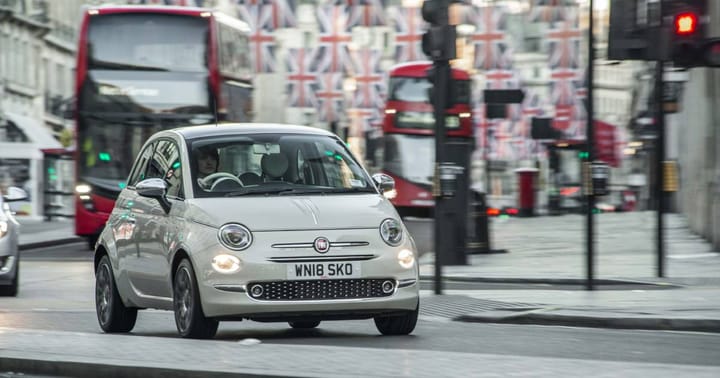Let’s talk about cordless drills
Electric cars seem to often bring discord; perhaps powertools represent a better topic

I have lost track of the number of times I have discussed electric cars on social media, but these conversations almost always conform to similar patterns.
I might tweet something about EVs or add a reply to someone raising the topic, often voicing my concerns about the limitations implicit in these vehicles. Some commentators may agree with me, but more tend to take issue, explaining why I am wrong, and their position is opposed to mine.
That’s more than fair - we can’t all agree on everything, and social media is the modern town square. Rebuttals might focus on how wonderfully easy electric cars are to live with if one only takes the time to learn how to use them; or they might touch on emissions, running costs, tax advantages, or any number of topics that those engaging presume fundamentally undermine my position. Again, that’s fine.
Less fine (though still okay-ish) is the fact such discussions often continue interminably in a Möbius strip of conversation that benefits nobody, leaves positions and opinions unaltered, and sometimes result in personal attacks. This latter aspect is definitely not fine, although interestingly, in my experience, insulting responses seem most often to come from fans of electric vehicles.
Regardless of such details, conversations about electric cars are more often than not unhelpful, so let’s talk about electric drills instead. After all, EV enthusiasts sometimes compare the mindset required for charging an EV with the one required for charging a phone (IE little and often, as well as big 'depot' charges), ignoring the fact one is a mode of transport and the other a mode of communication – we might as well compare a dog with a table as both have legs.
Imagine you have two cordless drills. Ignore the fact both run on batteries for now – this isn’t important for the purposes of our thought experiment, other than to remove the source of the drills' power from the equation.
Drill 1
Drill 1 can drill into a common house brick continuously for 60 minutes at a speed of 1,200rpm while deploying 55Nm of torque. Drill 1 has a replaceable battery pack that can be recharged while a second pack is slotted in its place, allowing the drill to continue operating; this process can be repeated ad infinitum. Drill 1 costs £100, and has been successfully sold for over a century.
Drill 2
Drill 2 can drill into a common house brick continuously for 30 minutes at a speed of 800rpm while deploying 40Nm of torque. Drill 2 has a built-in battery pack that cannot be swapped out, and can only be recharged by plugging a charger into the drill itself, putting the drill out of action for 45 minutes as it is replenished. Drill 2 costs £150, and only arrived on the market in a meaningful way 15 years ago.
Which of these drills is better? Which of these drills would most people choose to buy, assuming all other things are equal?
Drill 1, right? As well as being cheaper, it’s clearly, demonstrably the better tool.
It is possible to argue that Drill 2 might meet a specific individual’s requirements – say, perhaps, if they don't often need to drill into brick and usually work with softwood, and that's fine – such an individual might simply prefer Drill 2, and if it does what they need it to do and they're happy to pay more to receive less, they are of course entitled to purchase it.

It is also possible to argue that all things tend not to be equal, and Drill 2 might be subject to a £50 government tax rebate. Taken in conjunction with meeting the needs of our hypothetical comparator, it now comes closer to matching the appeal of Drill 1 – though its abilities are unchanged and remain lesser than its rival. If this rebate were only available to people with nice jobs, fans of Drill 1 might have some justification in saying our Drill 2 enthusiast is rather missing the points being made by Drill 1 fans who don't want to switch to Drill 2 – especially if Drill 2 fans are happy that it will soon become impossible for anyone to buy a new model of Drill 1, despite the fact millions of people rely on Drill 1 and have hitherto been very pleased with it.
Similarly, if Drill 2 were produced using organic plastic, sustainable steel and assembled by a company that guaranteed to pay all its workers a living wage, its appeal might come closer still or even exceed Drill 1’s by some metrics. Perhaps if our drillsman or woman were a professional handyperson they might be able to market their services to potential customers by highlighting the ethical advantages of their tool. But would any of these tertiary considerations improve Drill 2’s core capabilities? No. Drill 2 remains an inferior product.
Now replace every instance of the words ‘Drill 1’ with 'A petrol or diesel car' and each use of ‘Drill 2’ with ‘An electric car’, and supplant each respective attribute with an appropriate one: for rpm read vehicle speed, for runtime read distance, for price multiply by a factor of 200, and so on. We could embellish these analogies further, perhaps adding that Drill 2 requires a special type of charger that is only sold to people who can prove their home has a driveway.
If such stretches are to be made, then it would be fair to indulge the analogy that perhaps Drill 1 produces harmful emissions as it spins, though in such a scenario Drill-2 sceptics might reasonably point out that Drill 1's UK emissions are barely a trace globally (0.13% by my rough maths), and the nature of Drill 2's materials and manufacture mean its devotees should certainly not be casting the first stone in this arena.
But let us not get bogged down on details or break the analogy – let's return to core capabilities:

For anyone shouting at their screens that both of these drills are electric, ergo I am implicitly making a pro-EV argument, I say:
a) congratulations on missing the point; b) it's about ability and use, not fuel per se, and c) if it helps, analyse the above table pretending both drills run on petrol, but Drill 2 has a tiny filler neck and takes 45 minutes to refuel, whereas Drill 1 takes just three minutes.
Serious sophistry is required to argue that Drill 2 is anything other than inferior to Drill 1, and it is almost impressive that anyone can purport not to see why people might take issue with the banning of the sale of new Drill 1s, and a looming Drill-2 mandate.



